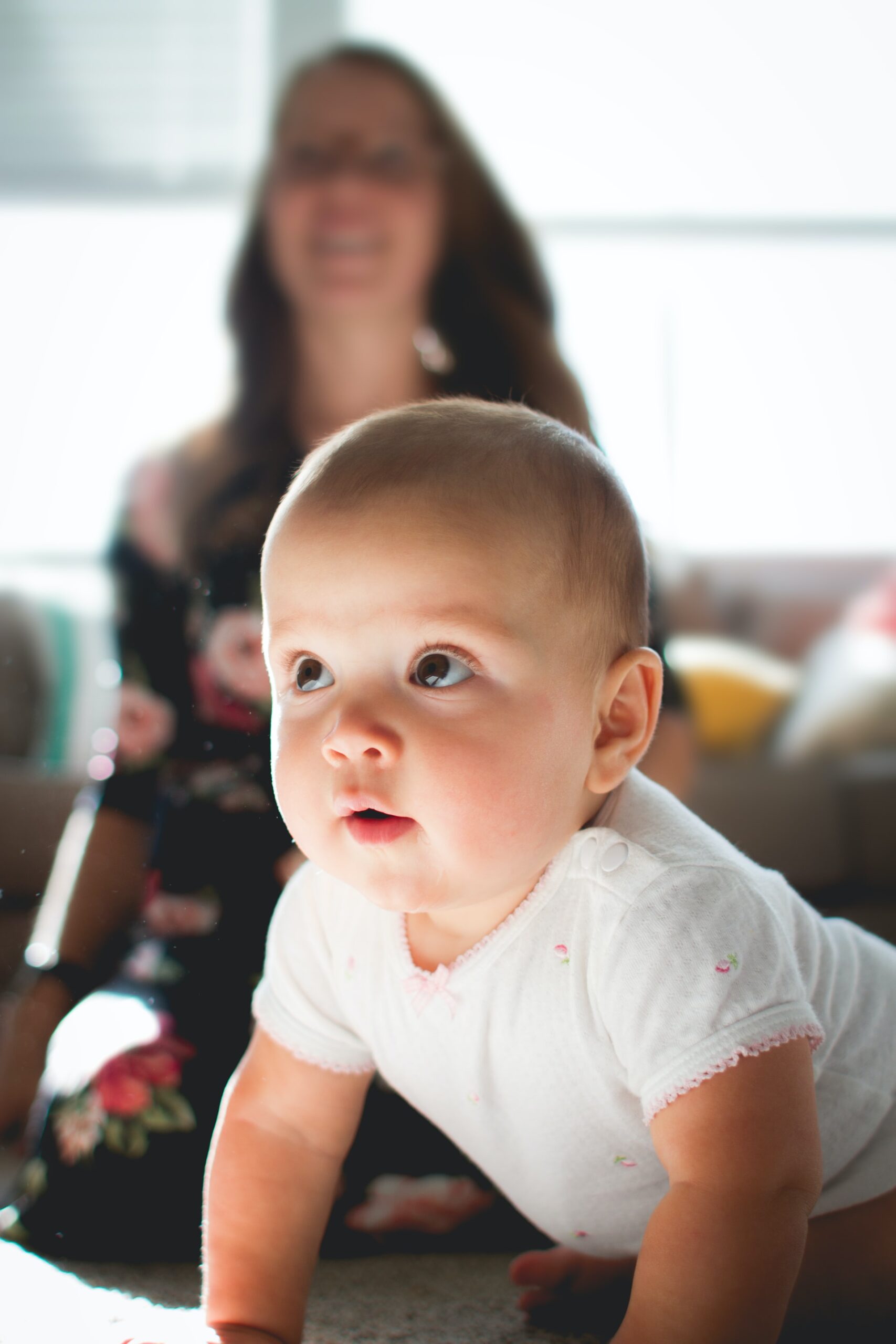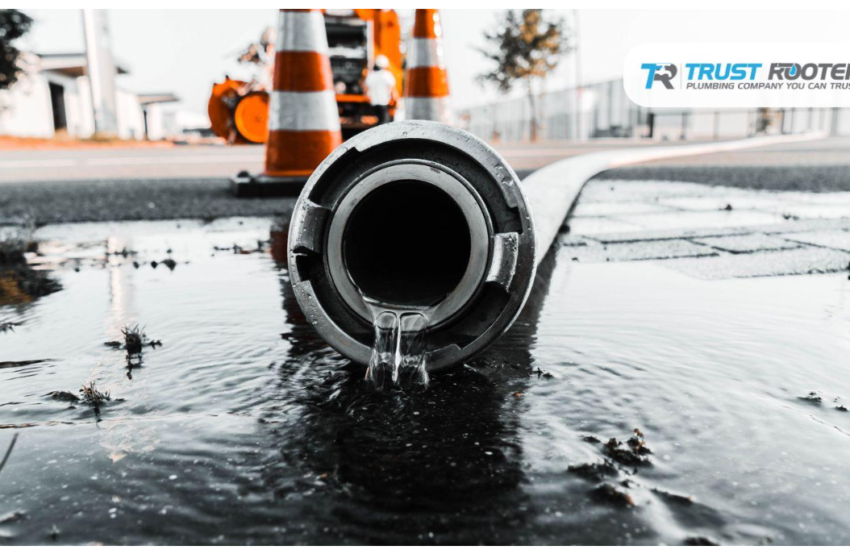10 Baby-Proofing Tips for Your Home
The safety of your child is paramount. When your baby starts crawling and cruising around the house, baby-proofing your home is an important element of establishing a safe refuge for your child as recommended by experts.
It is beneficial for parents to view the surroundings through the eyes of their child. Parents should crawl on the floor in the area where their baby will be and remove any objects that could be detrimental to the infant.
As your baby’s mobility and curiosity expand, here are some recommendations for baby-proofing your home:
1. Put safety gates indoors.
To begin, you need to set up inside safety gates to act as obstacles. Barriers make it difficult for little children to get access to potentially dangerous areas such as stairwells, fireplaces, and bathrooms. When closing off stairs, make sure to include a gate at both the top and bottom. As your baby begins to crawl, consider moving the lower gate a few steps up the stairwell so that your youngster can practice stair climbing skills. But keep an eye on your child to make sure he or she doesn’t fall.
2. Keep breakables out of the reach of children.
Keep breakables and plants (which can have hazardous leaves) on a high table or shelf when baby-proofing your home.
3. Keep your cabinets locked.
Invest in safety locks for any drawer or bathroom cabinets that hold potentially hazardous or poisonous items, such as cleaning supplies, pharmaceuticals, sharp utensils, tools, or alcoholic beverages. It’s best to have locks that engage automatically when you close the door.
4. Keep outlets covered.
Also, before your youngster figures out that his or her fingers might fit in the holes, cover your electrical outlets. Replace ordinary switch plates with ones that automatically slide to cover outlets while they’re not in use if you’re feeling ambitious.
5. Secure cords
Wires and cords are strangling hazards, so tie them up and keep them out of reach while baby-proofing your home. Don’t forget about the cords that are attached to your window coverings. Cut them down to size, cover the ends with plastic, or connect them to the wall with a tie-down device. Also, ensure sure your baby’s crib is far enough away from these cords.
6. Make sure your furniture is secure.
Your kid may cling – or perhaps climb – onto the furniture as he or she learns to crawl and stand. Bookshelves, dressers, floor lamps, and TV cabinets can all be mounted on the floor or on the wall. Furniture brackets and fasteners for toddlers can be found at any baby or home improvement store. You should also use child-proofing bumpers to cushion any sharp corners.
7. Make dangerous areas off-limits.
You might also want to consider using a gate or a child-safe door knob protector to separate the kitchen, bathroom, and office. Install safety latches on toilet lids and never leave your youngster alone in the tub in the bathroom. Keep the oven and dishwasher locked, and use knob covers on the stove to prevent your youngster from turning on the burners. Use the back burners whenever possible when cooking.
If you have countertop gadgets like a toaster, blender, or food processor, keep them away from the counter’s edges so your toddler doesn’t knock them over.
8. Keep an eye on your dog
According to the American Veterinary Medical Association, more than 4.5 million people are attacked by dogs in the United States each year, with more than half of them being children.
Because any dog has the potential to become aggressive, never leave your child alone with a dog. Don’t buy pet toys with eyes, buttons, or other small parts that could cause choking until your child is at least three years old. When your pet is finished eating, it’s also a good idea to put hard pet food away.
9. Pay attention to the labels.
Liquid hydrocarbons, mineral oil, and other compounds found in many household and cosmetic goods can be harmful to children. Even if the products are in child-resistant packaging, read the labels and keep them out of your child’s reach.
10. Maintain vigilance at all times.
Finally, keeping a close eye on your infant and being within arm’s reach is possibly the finest baby-proofing you can do. Even with today’s multitude of safety gadgets, there is no substitute for loving parents who prioritize their child’s safety. All Lifebank parents are concerned about their children’s safety and well-being.
Conclusion
Looking around the house to see what modifications should be made to keep the baby safe can be stressful for expectant parents. When parents conduct an online search for the best baby-proofing products, they might soon get overwhelmed by the seemingly endless lists of must-have items. But, above all, it’s all about trusting your instincts.


